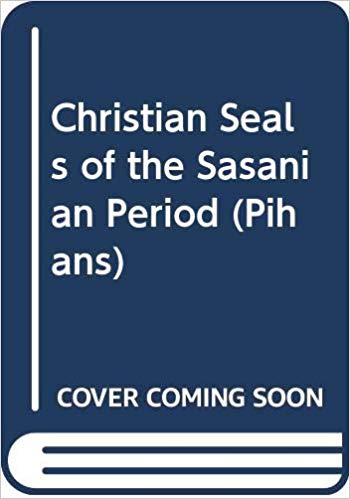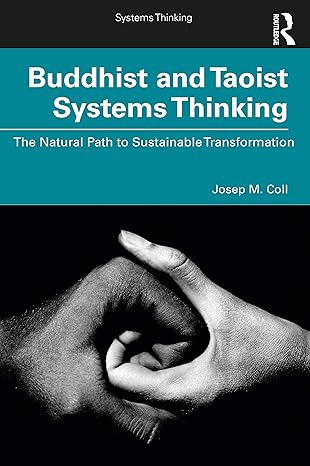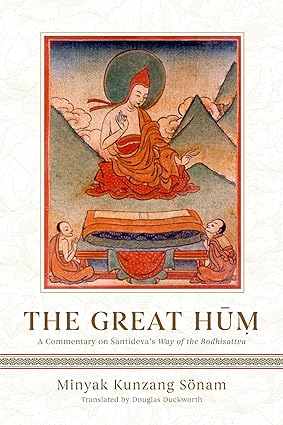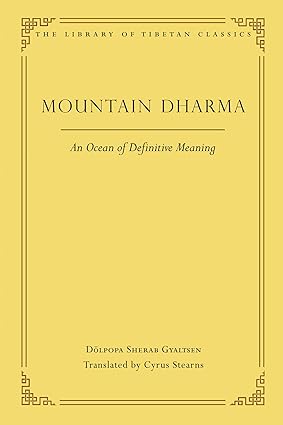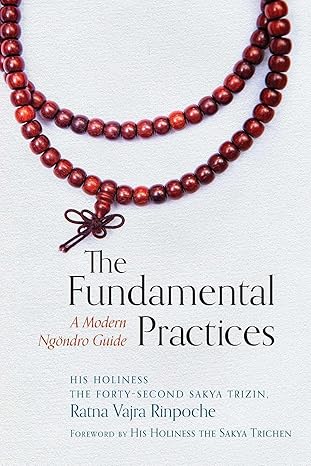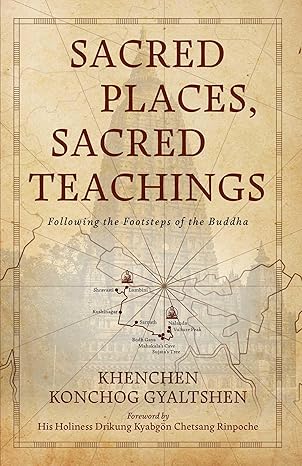Christians living under Persian rule have long been of interest
to students of Sasanian culture. Their communities had been
formed primarily by those Christians who were among the Syrian
captives that the Sasanian kings had resettled in Iran, those
who had sought the protection of the Sasanian crown during the
Monophysite and Nestorian persecutions, or those who had found
themselves under Sasanian rule with the rise and subsequent expansion
of the empire throughout Iran and into Mesopotamia between
the third and seventh centuries A.D.l Written sources
provide information on their economic and social impact, yet
little material evidence of this minority group has been available
to reveal their effect upon and interaction with Sasanian
culture, or their similarities and differences with their
brethren to the west. Excavations in Mesopotamia, at Ctesiphon
and HIra, have revealed Christina churches, 2 while in Iran,
traces of Christian communities have been found on the Island
of Khirg in the Persian Gulf, northwest of BushIre, dating to
3
the third century, and at ninth- to eleventh-century NIshlpUr
4
in Khorlsln. Further evidence consists of engraved stone seals
which are Sasanian in their form and style and which may be
identified by their motifs as having belonged to Christians.
These seals occur in various collections, mainly without original
provenance. Their inscriptions sometimes are in Syriac, the
language of the Monophysite and Nestorian Churches, and a few,
actually post-Sasanian though included here, have Kufic writing;
but more commonly they are in Pahlavi or Middle Persian.
Curiously, the people named in these Pahlavi inscriptions bear
good Iranian names, while the rest of the legend or the entire
inscription of a seal is usually a standard Zoroastrian formula.
In his catalogue of the cameos and gems in the Biblioth~-
que Nationale, written in 1858, A. Chabouillet identified five
چکیده فارسی
مسیحیانی که تحت حکومت پارسیان زندگی میکردند از دیرباز مورد توجه بودهاند
به دانشجویان فرهنگ ساسانی. جوامع آنها
بوده است
اساساً توسط آن مسیحیانی که در میان سوری ها بودند شکل گرفت
اسیری که شاهان ساسانی در ایران اسکان داده بودند، آن
که در طول
به دنبال حفاظت از تاج ساسانی بود
آزارهای مونوفیزیت و نسطوری، یا کسانی که پیدا کرده بودند
با ظهور و گسترش متعاقب آن تحت حکومت ساسانیان قرار گرفتند
امپراتوری در سراسر ایران و بین النهرین بین
منابع مکتوب قرن سوم و هفتم هجری قمری
اطلاعاتی در مورد تأثیر اقتصادی و اجتماعی آنها ارائه می دهد، هنوز
شواهد مادی کمی از این گروه اقلیت در دسترس بوده است
تا تأثیر و تعامل آنها با ساسانیان را آشکار کند
فرهنگ، یا شباهت ها و تفاوت های آنها با
آنها
برادران در غرب کاوش در بین النهرین، در تیسفون
و HIra، کلیساهای کریستینا را آشکار کردند، 2 در حالی که در ایران بودند،
آثاری از جوامع مسیحی در جزیره یافت شده است
خرگ در خلیج فارس، شمال غربی بوشایر، قدمت
3
قرن سوم و در قرن نهم تا یازدهم NIshlpUr
4
در خورلسلن. شواهد بیشتر شامل مهرهای سنگی حکاکی شده است
که در قالب و سبک خود ساسانی هستند و ممکن است
باشند
با نقوش آنها به عنوان متعلق به مسیحیان شناخته شده است.
این مهرها در مجموعه های مختلف عمدتاً بدون اصل وجود دارند
منشأ کتیبه های آنها گاهی به زبان سریانی
است
زبان کلیساهای مونوفیزیت و نسطوری، و تعداد کمی،
در واقع پس از ساسانیان، اگرچه در اینجا گنجانده شده، نوشته های کوفی دارند؛
اما بیشتر به زبان پهلوی یا فارسی میانه هستند.
عجیب اینکه افرادی که در این کتیبه های پهلوی نام برده می شوند
هستند
نام های ایرانی خوب، در حالی که بقیه افسانه یا کل
کتیبه مهر معمولاً فرمول استاندارد زرتشتی است.
در کاتالوگ خود از کامئوها و جواهرات در کتاب مقدس ~-
que Nationale، نوشته شده در سال 1858، A. Chabouillet پنج
را شناسایی کرد
ادامه ...
بستن ...
Ebook details:
عنوان: Christian Seals of the Sasanian Period (Pihans)
نویسنده: JA Lerner
ناشر: Peeters Publishers (December 31, 1977)
زبان: English
شابک: 9062580416, 978-9062580415
حجم: 8 Mb
فرمت: Scanned Pdf
ادامه ...
بستن ...
